Swimming is a full-body workout that builds endurance, improves cardiovascular health, and supports joint mobility. But for women swimmers, especially beginners, building strength outside the pool is just as crucial as laps in the water. A well-rounded strength program enhances stroke efficiency, reduces injury risk, and boosts overall performance. This guide offers practical advice, tracking strategies, and motivation cues tailored specifically for women starting their strength journey alongside swimming.
While swimming builds muscular endurance, it doesn’t always develop maximal strength. Strength training fills this gap by improving power, stability, and posture—key components for efficient strokes and faster turns. For women, who may naturally have less upper body strength than men, targeted resistance work can level the playing field and prevent muscular imbalances caused by repetitive swimming motions.
Strength also supports bone health, which is especially important for female athletes. Regular resistance training increases bone density, reducing the risk of stress fractures and osteoporosis later in life.
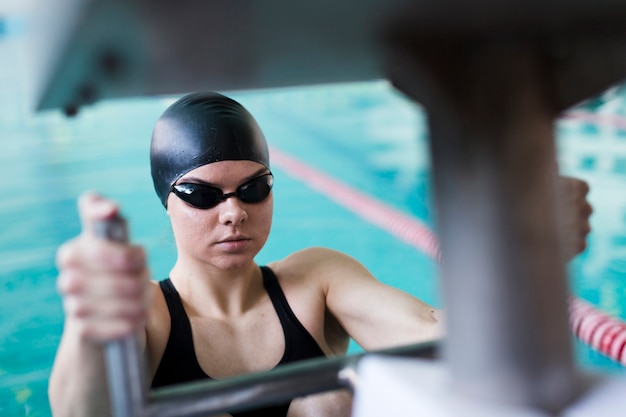
Begin with bodyweight and light resistance exercises 2–3 times per week. Focus on form over intensity. Here are five beginner-friendly movements:
Perform 2–3 sets of 8–12 reps per exercise. As you grow stronger, gradually increase resistance or reps.
Tracking helps you stay consistent and see improvement over time. Use these beginner-friendly methods:
Apps or simple spreadsheets can help organize this data. The goal isn’t perfection—it’s consistency.
Motivation fades, but habits last. Use these cues to stay on track:
Pair strength days with favorite swim sessions or listen to energizing music during workouts. Celebrate small wins—like holding a plank 10 seconds longer or completing all planned sets.
Avoid overtraining by scheduling strength sessions on moderate swim days or after easy swims. Never do intense strength work before a hard swim practice. Allow at least 6–8 hours between demanding sessions if training twice in one day.
Prioritize recovery: get 7–9 hours of sleep, stay hydrated, and eat balanced meals rich in protein, complex carbs, and healthy fats. Nutrition fuels both muscle repair and swim performance.
Strength training isn’t about bulking up—it’s about building resilience, power, and confidence in and out of the water. For women swimmers, it’s a powerful tool to enhance performance, prevent injury, and support long-term health.
Start small, track your journey, and stay connected to your 'why.' Whether you're training for your first 500-meter swim or simply enjoying the water more, strength will help you swim stronger, recover faster, and feel better every stroke of the way.

Fitness

Fitness

Fitness

Fitness
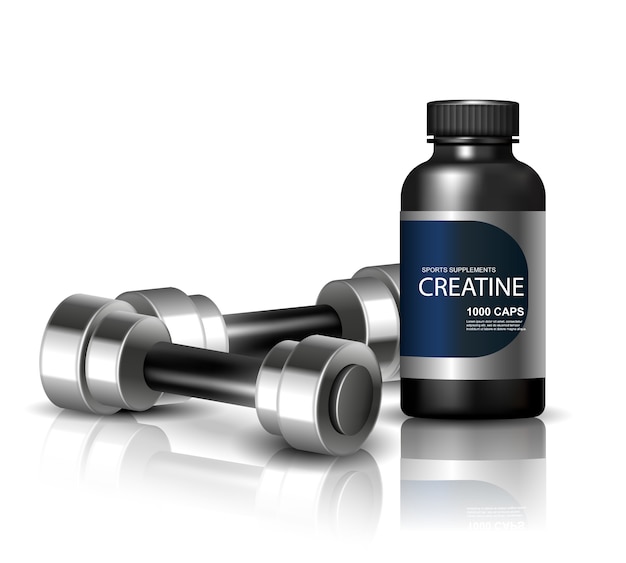
Wellness
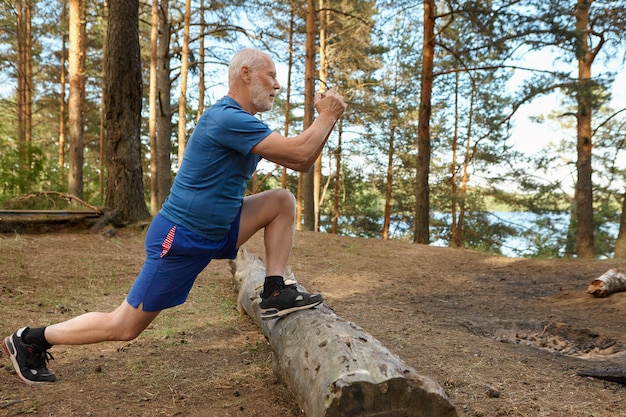
Fitness

Fitness

Fitness
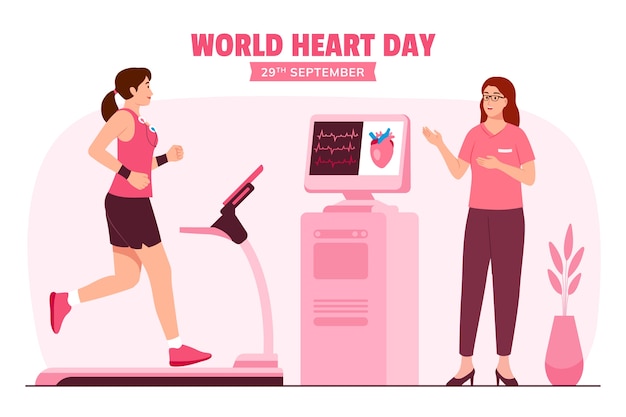
Wellness

Fitness
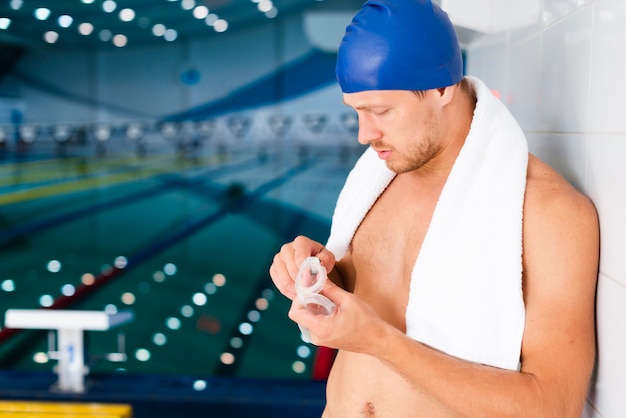
Fitness
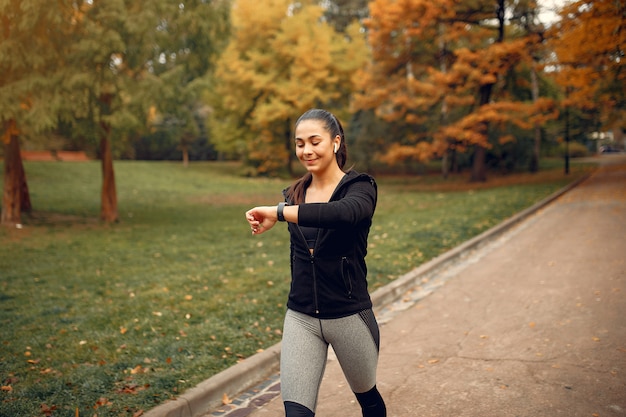
Fitness

Health

Fitness

Health

Health